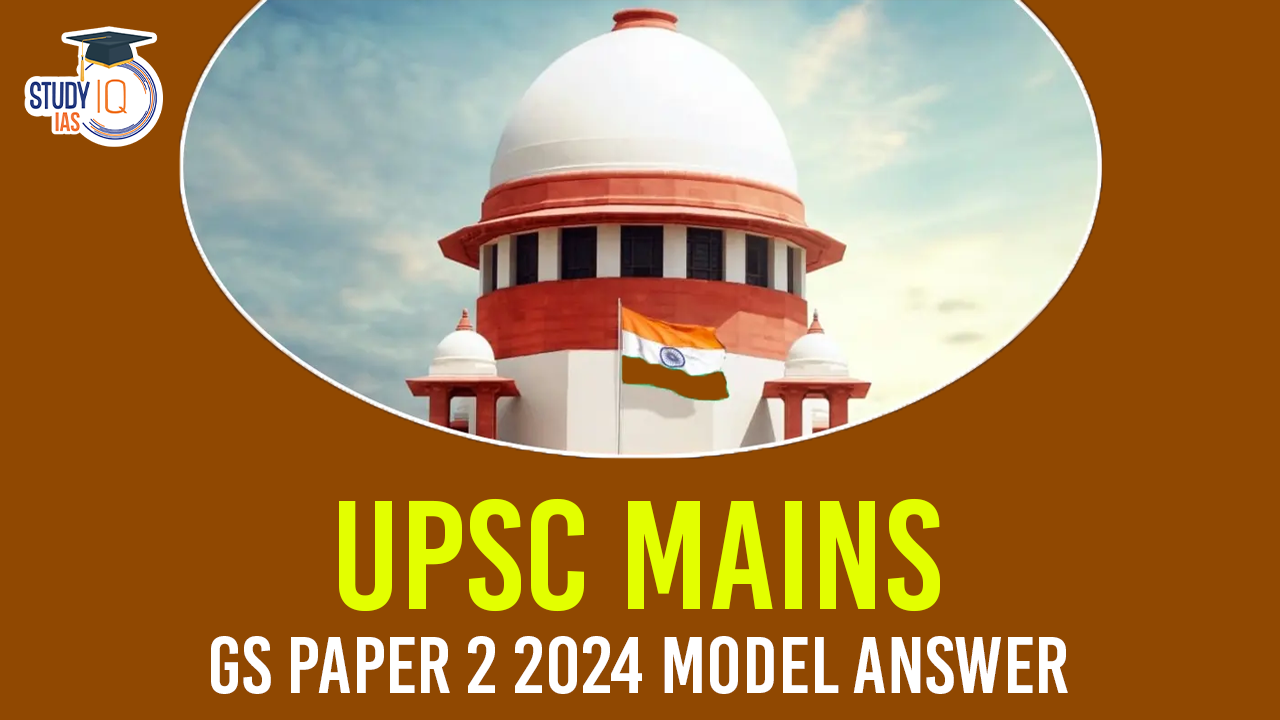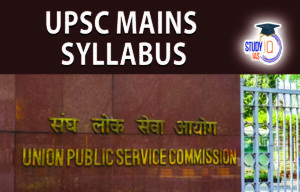Table of Contents
Introduction:
- Briefly mention how secularism is a foundational principle in both India and the United States, shaping their democratic structures.
Highlight the Differences:
- Introduce the idea that while both countries are secular, they have different models of secularism. This sets up the framework for the comparison.
India and the United States both define themselves as secular states, though their approaches to secularism differ significantly. India’s secularism is rooted in pluralism and coexistence, while the U.S. model emphasizes a strict separation of church and state. Understanding these distinctions sheds light on how each country manages religious diversity and the role of religion in public life.
India as a Secular State:
- Constitutional Secularism:
- The term “secular” was explicitly added to the Preamble of the Indian Constitution by the 42nd Amendment Act (1976).
- The Indian model does not uphold strict separation between religion and state but promotes equal respect for all religions or “Sarva Dharma Sambhava”.
- Article 25-28 of the Constitution guarantee freedom of religion while prohibiting religious discrimination.
- State’s Role:
- The Indian state adopts the principle of positive intervention, ensuring that all religions are treated equally while the state can intervene to reform or regulate religious practices (e.g., banning triple talaq, Sabarimala temple case).
- State-sponsored religious institutions, subsidies (such as the Hajj subsidy), and state involvement in managing religious sites reflect India’s inclusive secularism.
- Minority Rights:
- India’s secularism places special emphasis on protecting religious minorities.
- Articles 29 and 30 allow minorities to preserve their culture and establish educational institutions of their choice.
- Religious Pluralism:
- Indian secularism acknowledges the multi-religious fabric of the nation, aiming to create harmony between various faiths without favoring any single religion.
- The state accommodates diverse personal laws for different communities (e.g., Hindu Marriage Act, Muslim Personal Law).
Comparison Between Indian and U.S. Secularism:
| India | United States |
| Pluralistic Secularism: Equal respect for all religions, including state involvement to manage or reform religious institutions when necessary | Strict Separation: Government maintains a clear line between religion and public life |
| Positive Secularism: Allows for state subsidies (Hajj subsidy) and managing religious sites. | Negative Secularism: No state financial aid for religious activities or institutions. |
| Freedom of Religion: With accommodations for diverse religious communities and personal laws for minorities. | Freedom of Religion: Guarantees individual religious freedoms with minimal state intervention. |
| Special Provisions for Minorities: Protects minority religious communities through specific constitutional safeguards. | Uniform Application: Equal treatment of all citizens without favoring any religious group or minority. |
Way Forward:
- Balancing Religious Freedom and Governance:
- In India, the challenge lies in maintaining a balance between religious freedom and state intervention without promoting favoritism.
- The U.S. faces challenges in navigating religious pluralism while ensuring a strict separation in public institutions.
- Promoting Social Harmony:
- Both countries should promote tolerance and understanding in increasingly diverse societies, ensuring that secular principles strengthen democratic values.
Conclusion:
India and the U.S. reflect two distinct secular models, shaped by their unique historical and social contexts. While India’s secularism promotes religious pluralism with active state intervention, the U.S. emphasizes a strict separation of church and state. Both systems, though different, seek to uphold religious freedom and ensure that religion does not dominate governance, thereby promoting a harmonious, inclusive society.
| Related Post | |
| UPSC Mains GS 1 Question Paper 2024 | UPSC Mains GS 1 Analysis 2024 |
| UPSC Mains Essay Question Paper 2024 | UPSC Mains Essay Analysis 2024 |
| UPSC Mains GS 2 Question Paper 2024 | |


 NCERT Books for UPSC Preparation, Check ...
NCERT Books for UPSC Preparation, Check ...
 UPSC Syllabus 2025, Check UPSC CSE Sylla...
UPSC Syllabus 2025, Check UPSC CSE Sylla...
 UPSC Mains Syllabus 2025, Optional Sylla...
UPSC Mains Syllabus 2025, Optional Sylla...





















